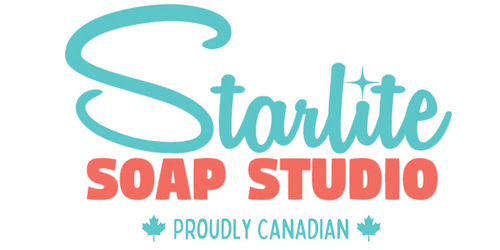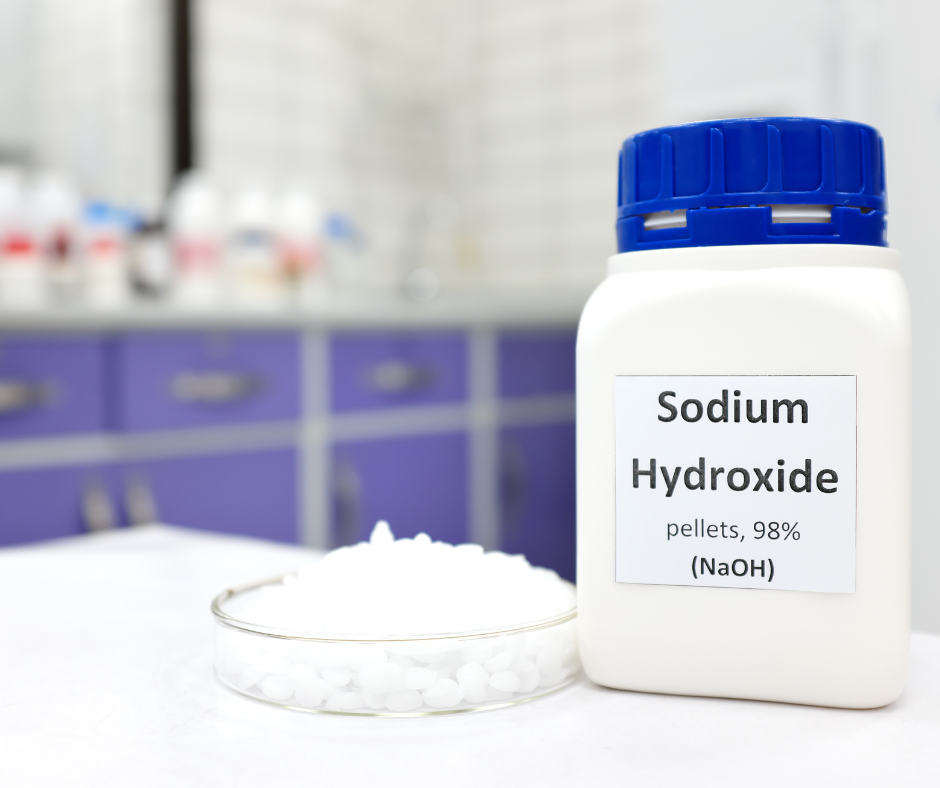Many prospective Starlite Soap customers tell us that they have never made soap because they’re afraid of using sodium hydroxide. In this blog post, we'll explore what sodium hydroxide is, its role in soap making, and how to handle it safely.
Sodium hydroxide, also known as lye or caustic soda, is a key ingredient in the soap making process. It's an essential component that's necessary for the saponification process, which is what turns oils and fats into soap. What is Sodium Hydroxide?
Sodium hydroxide is an alkaline compound that's commonly used in household cleaning products as well as in the food industry. In soap making, sodium hydroxide is used to convert oils and fats into soap through a chemical reaction known as saponification.
When sodium hydroxide is added to a mixture of oils and fats, a chemical reaction occurs, which causes the fatty acids in the oils and fats to break apart from the glycerin molecule. The fatty acids then react with the sodium hydroxide to form soap and glycerin. This process is known as saponification. Without sodium hydroxide, oils and fats would not turn into soap.
Sodium hydroxide is a caustic substance that can be dangerous if not handled properly. It can cause burns to the skin and eyes, and inhalation of its fumes can cause respiratory problems. It's important to handle sodium hydroxide with care and follow proper safety guidelines. In Starlite’s workshops, you will use gloves and safety glasses to ensure your safety as well as the safety of those around you. The good news is that once made, the sodium hydroxide completely transforms and your final soap product will be a gentle, luxurious product, safe for you and your family to use.

